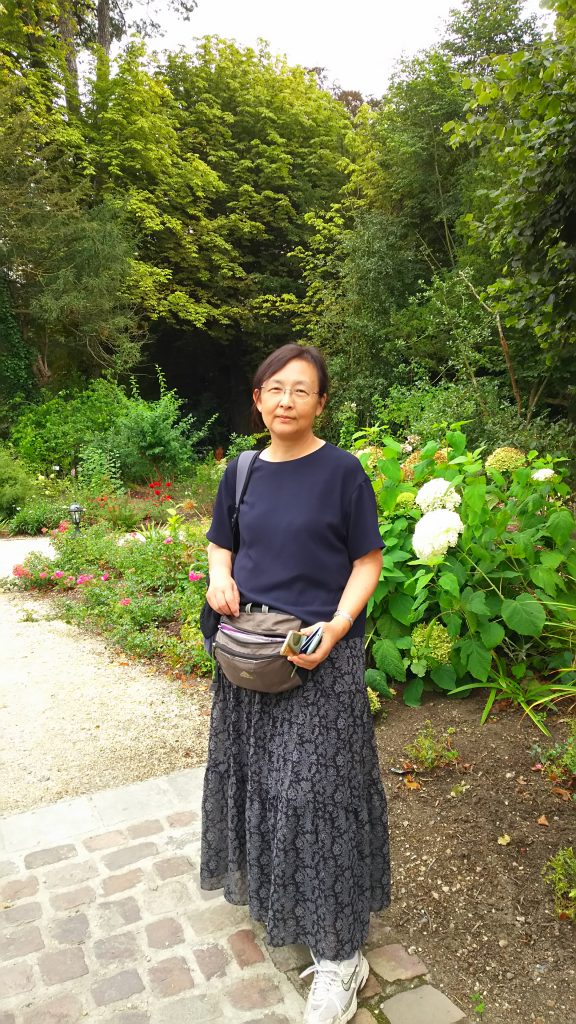[JITF2020] Interpretation/Translation/Language — Using “Word Order” as a Clue

Sakino Takahashi
Patent translator, academic translator, critic, etc. Track record of 36 years as a J to E and E to J translator. Often gives talks on “Japanese reading and writing skills” and “translation skills.” Translated works include: “How to Write a Lot: A Practical Guide to Productive Academic Writing” and “Write It Up: Practical Strategies for Writing and Publishing Journal Articles” (Kodansha), “Simians, Cyborgs and Women” (Seidosha) etc. Joint publications include: “Honyaku no Ressun (Translation Lessons),” “Pro ga Oshieru Gijutsu Honyaku Skill (Technical Translation Skills Taught by Pros)” (Kodansha), etc.

Junichi Shirakura
After working in accounting and personnel at a Japanese company for 28 years, became a freelance Japanese-English interpreter. Fell in love with the work style of an interpreter who repeats many short spurts in the field while continuing basic training. As a director in charge of back office at JACI, handles the finances and accounting which others shy away from.
Interpretation/Translation/Language — Using “Word Order” as a Clue
Sometimes translators are requested “could you interpret for us a bit?” or interpreters are told “please translate this document.” Both translators and interpreters at meetings among themselves will get into a lively discussion on how “translation and interpretation are different but a lot of people don’t seem to get it!” However, there is a lot in common at a basic level because their mission is to handle different languages.
This year, the summer event of JACI is being held as the “Japan Interpreting & Translating Forum.” It may be a good chance for translators and interpreters to have a “jam session.” Translators and interpreters who met at the fireworks show on Sumida River will discuss “word order,” which both rack their brains over.
It is inevitable that different languages have different word order (phrase level or clause level) in any combination. Whether you’re a translator or an interpreter, you can’t escape this problem. If you listen to simultaneous interpretation, you may notice extreme examples of unnatural word order due to the restrictions imposed, and you may also find so-called “translatese” translations in which “you can practically see the original text show through between the lines.”
In this session, Ms. Takahashi, a translator, will talk about the difficulty of word order problems and strategies for translation based on her rich experience and keen eye for accuracy. The interpreter Shirakura will take up the points that interpreters can learn from it. (Written by Mr. Shirakura)